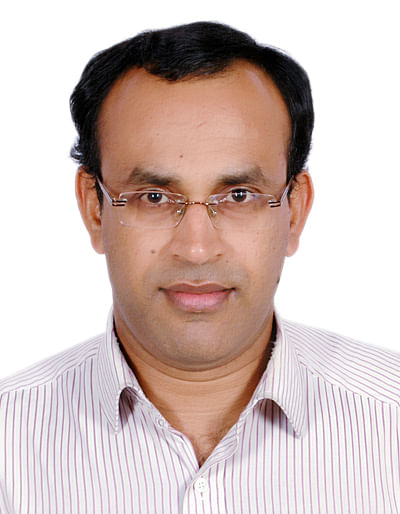Cluster-based mega food parks to check wastage
Aiming at reducing wastage of fruit and vegetables, the Centre is planning to set up cluster-based mega food parks in different parts of the country.
Considering that cluster-based approach will give flexibility to the prospective entrepreneur regarding the area, number and nature of units to be set up, the Ministry of Food Processing Industries is preparing blue print for the project, a senior official in the Ministry told Deccan Herald.
With the estimated Rs 40,000 crore-worth food and vegetables getting wasted in a year in the country, the proposed parks would help to prevent such wastages, said the official.
As per the ministry, of the about 250 million tonnes of fruit and vegetable produced in the country, 18 per cent was wasted due to lack of cold storages and poor post-harvesting technology. At present, only 3 per cent of food and vegetables is processed.
The proposed cluster not only helps to cater to the demand during lean period of a particular fruit or vegetables, but it will also help to stabilise the prices during short supply.
Harsimrat Kaur Badal, Minister of Food Processing Industries, who held a meeting with states food and agriculture ministers recently, asked the states to come out with their suggestions to prevent wastages of perishable goods.
The minister claimed that the government has taken many steps to encourage creation of additional storage capacity and complimented states that had taken more interest in efficient food storage. Despite this, she said, requirement for cold storage remains very high.
The Saumitra Chaudhuri Committee, constituted by the Planning Commission in 2012, has estimated the country’s cold storage requirement as 61.3 million tonne as against the present capacity of around 29 million tonne.
The Centre provides grant-in-aid for states to build cold chain infrastructure, which is 50 per cent of the total cost of plant and machinery in general, areas and 75 per cent in difficult areas, including the north-east.
